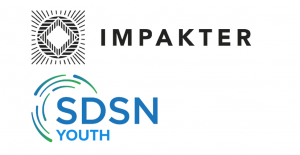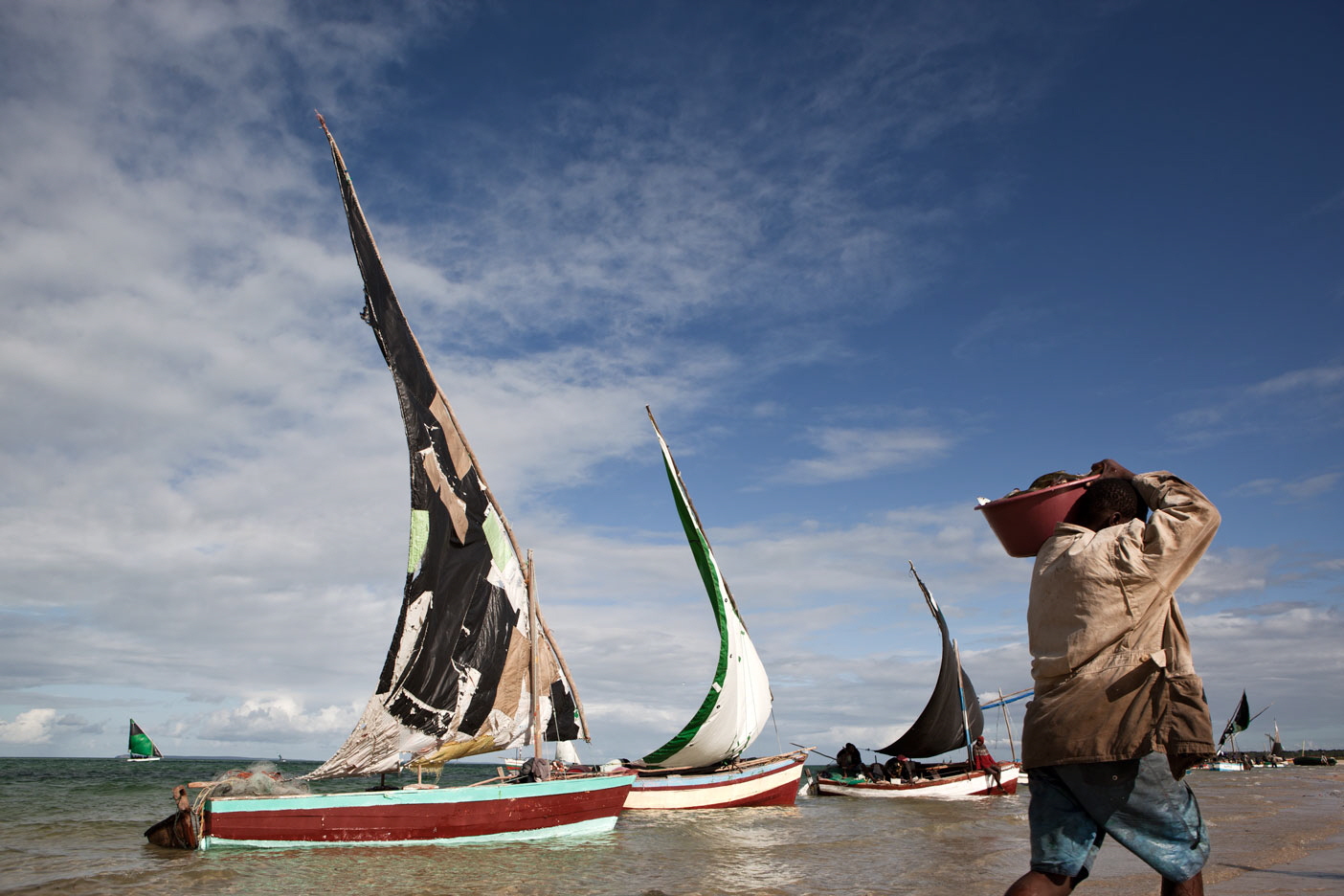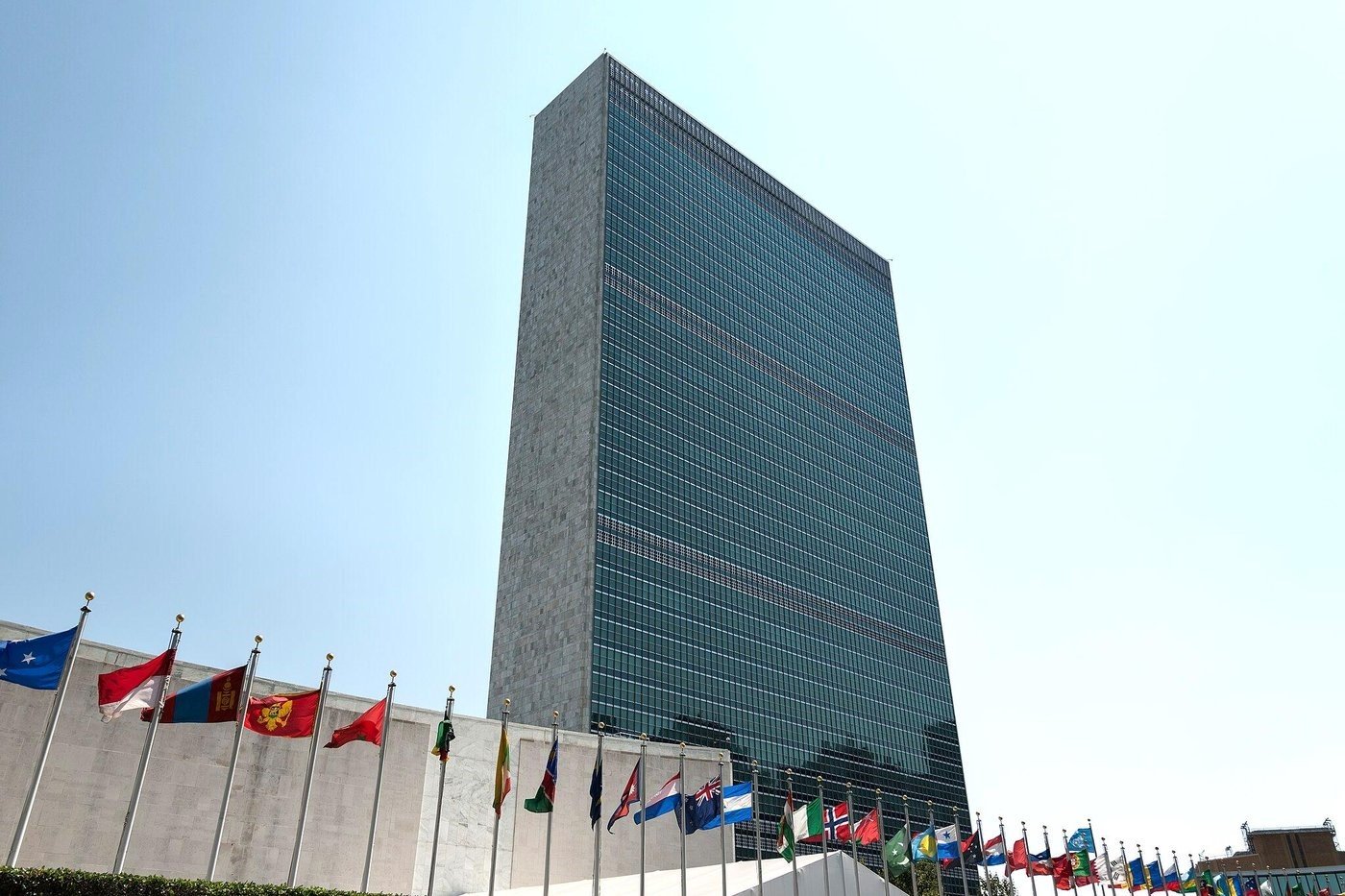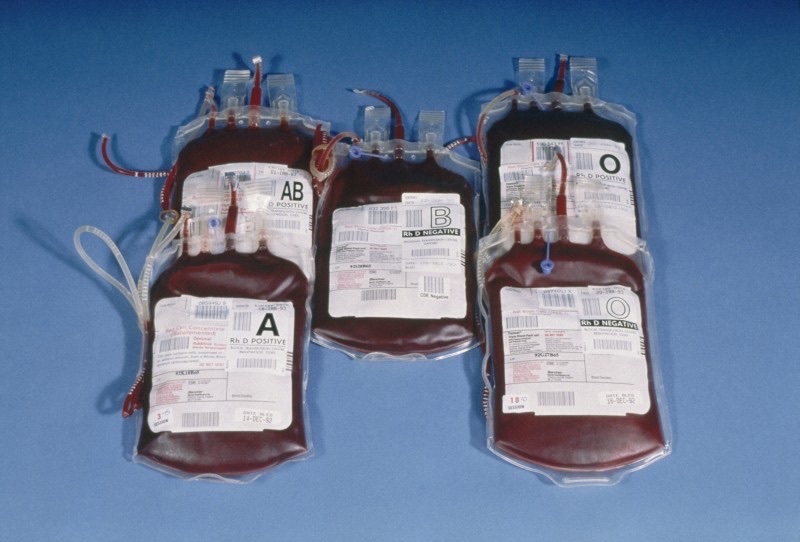Editor’s Note: SDG 14 is the fifth piece in a series in collaboration with the FAO exploring the Sustainable Development Goals. See the introduction to the series here.
Striking the right balance between nourishing people and nurturing the planet is perhaps nowhere more challenging than in the oceans and seas. Marine resources, fisheries and aquaculture promise a multitude of benefits in terms of nutrition, livelihoods, economies, and ecosystem services, but at the same time are threatened by overfishing, fishing overcapacity, unsustainable practices and pollution as well as climate change.
In the recently adopted UN Sustainable Development Goals (SDGs) for the period 2016-2030, a standalone goal, SDG14 – Conserve and sustainably use the oceans, seas and marine resources for sustainable development – is the latest step on a path that aims to ensure that the riches of the oceans and seas are managed sustainably with benefits shared fairly for present and future generations.
![]()
Beginning at the 1992 United Nations Conference on Environment and Development (Rio Summit), running through the groundbreaking Code of Conduct for Responsible Fisheries and promoted most recently at Rio+20, today’s holistic approach to sustainable fisheries management aims at reconciling economic growth with improved livelihoods and social equity. It balances the sustainable and socio-economic management of our natural aquatic resources with an emphasis on efficient resource use in capture fisheries and aquaculture, ecosystem services, trade, livelihoods and food systems.
Benefits and Threats
Oceans and inland waters (lakes, rivers, reservoirs and wetlands) are home to fish and aquatic products that supply 17 percent of global animal proteins. These environments support the livelihoods of some 12 percent of the global population, while about 3 billion people receive 20 percent of their daily animal protein intake from fish. Along with important contributions to global food and nutrition security and national economic growth, oceans and seas provide valuable ecosystem goods and services for the planet. About 50% of carbon in the atmosphere that becomes bound in natural systems is cycled into the oceans and inland waters.
About the last five years ago we used to catch fish by 4-5 hundred pounds. Now you can’t catch 100 pounds of fish. …. The whole beach side was just dead fish. The whole sea, floating. Stink. Some environmental activists believe it was the oil drilling that was largely to blame.
-Dragon, 43-years-old, artisanal fisherman in Trinidad & Tobago.
Fish stocks worldwide are declining due to overfishing, trawling, and exploitation. Fishermen in Trinidad & Tobago are beginning to feel the effects on their livelihoods.
However, these same oceans and wetlands are under threat from over-exploitation, pollution, declining biodiversity, expansion of invasive species, climate change and acidification. Stresses caused by human activity on the oceans’ life support systems are widely acknowledged to have reached unsustainable levels. Today, 61 percent of commercially important assessed marine fish stocks worldwide are fully fished, and 29 percent are overfished. Mangroves, salt marshes and seagrass beds are being cleared at an alarming rate exacerbating climate change and global warming. At risk are hundreds of millions of people who depend on fisheries and aquaculture for their livelihoods, food security and nutrition.
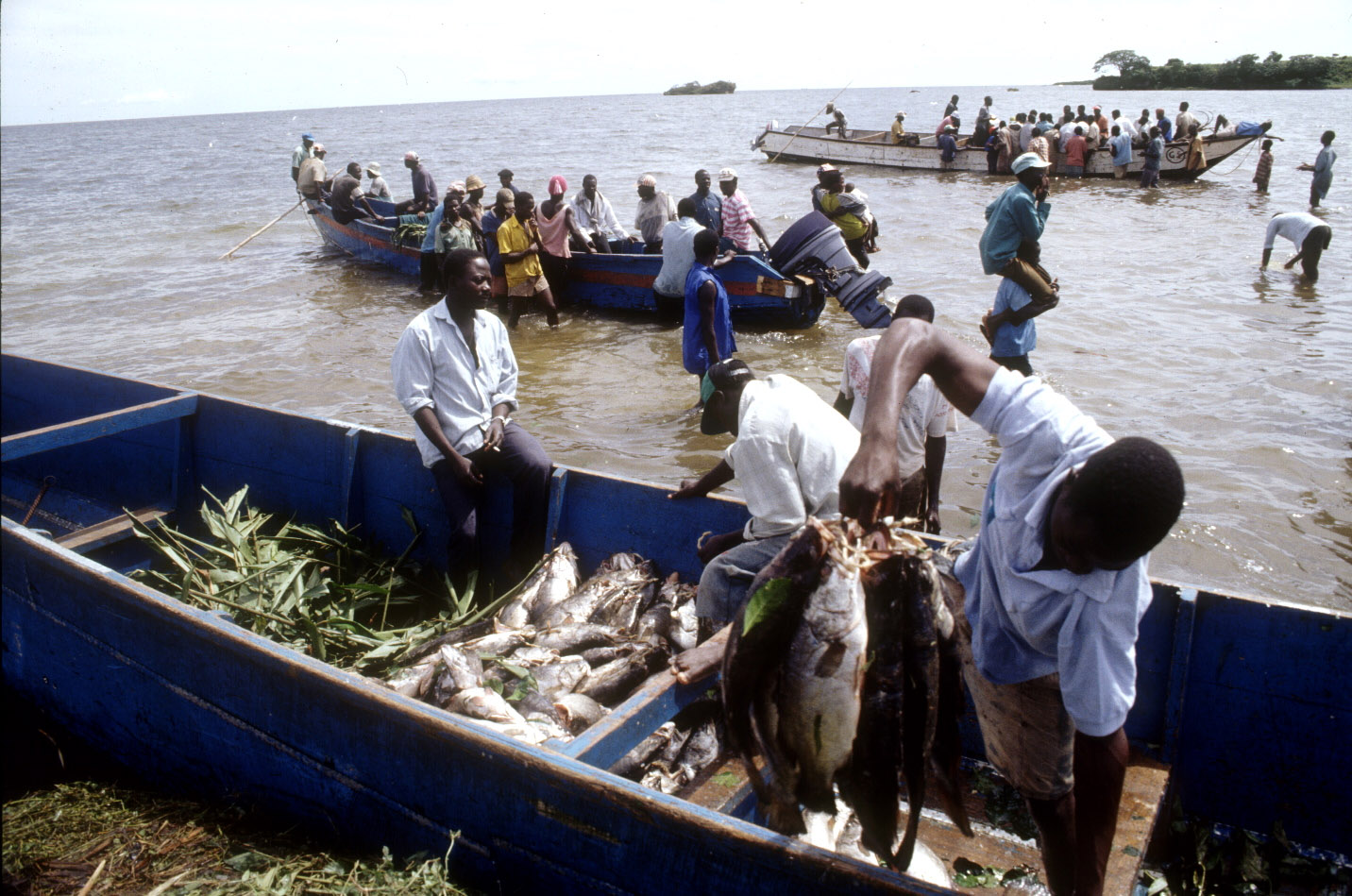
IN THE PHOTO: Unloading fish as part of the daily arrival of fishing boats on Lake Victoria near Entebbe. – PHOTO CREDIT: FAO
The vital contributions of fisheries and aquaculture to the world’s well-being and prosperity have been constrained by poor governance, management and practices, while Illegal, Unreported and Unregulated (IUU) fishing continues to be an obstacle to achieving sustainable fisheries.
Learning lessons from the Millennium Development Goals, the SDG framework pinpoints specific areas of the environment in need of dedicated attention.
SDG14 has 10 targets, including several (14.4, 14.6, 14.7, 14.b) that explicitly address fisheries-related issues, and others with implications for the fisheries world. The fisheries-related targets call for actions to effectively regulate harvesting and to end overfishing, IUU fishing and destructive fishing practices; to address fisheries subsidies; to increase economic benefits from sustainable management of fisheries and aquaculture, and to provide access for small-scale artisanal fishers to marine resources and markets. The other targets relate to marine pollution prevention and reduction, management and protection of marine and coastal ecosystems, and implementation of The United Nations Convention on the Law of the Sea (UNCLOS) and applicable existing regional and international regimes.
Related articles: “SDG 13: TAKING CLIMATE ACTION”
“SDG 15: PLANTING NEW ROOTS FOR A FERTILE PLANET”
Blue Growth
One approach that brings together the three dimensions of sustainable development is the Food and Agriculture Organization of the United Nations (FAO)’s Blue Growth Initiative. Blue Growth prioritizes balancing the sustainable and socioeconomic management of natural aquatic resources, with an emphasis on efficient resource use in capture fisheries and aquaculture, ecosystem services, trade, livelihoods and food systems.
It focuses on promoting sustainable livelihoods for coastal fishing communities, recognition and support to small-scale fisheries and aquaculture development, as well as fair access to trade, markets, social protection and decent work conditions along the fish value chain from deck to dish and from farm to fork. In addition to SDG14, which is often referred to as the Oceans Goal or Blue Goal, FAO’s Blue Growth approach relates to a number of other SDGs and additional priority targets such as food security, nutrition, poverty eradication, economic growth and trade, decent work and employment, climate change and biodiversity. It is especially relevant for Small Island Developing States and coastal areas around the globe.
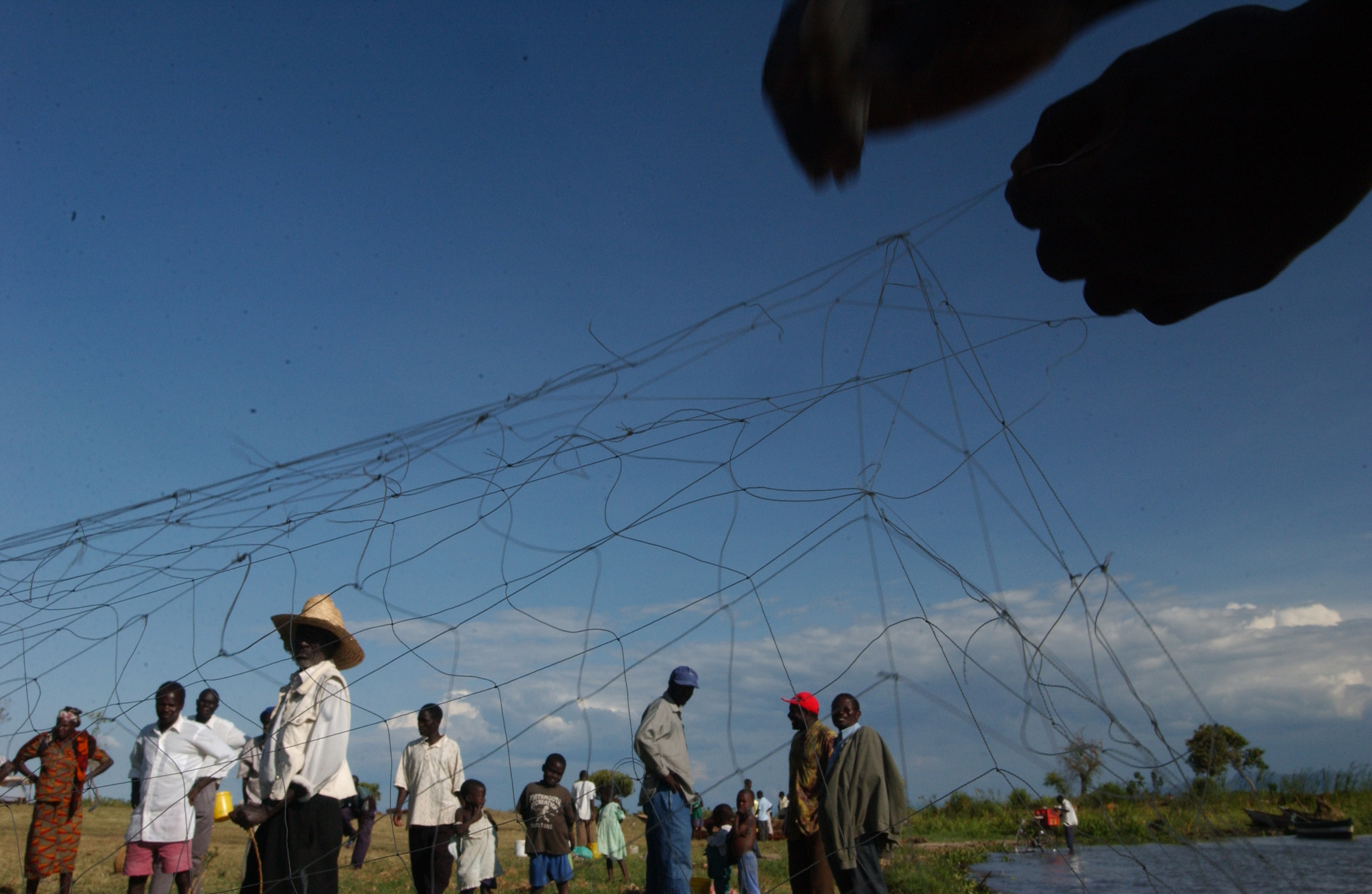
In the Photo: Fishermen and participants in a Farmer Field School repairing nets after a day of fishing on Lake Victoria. Photo Credit: FAO
Sustainable aquaculture development as well as fish processing, utilization, distribution and trade is a major part of Blue Growth. With an annual growth rate of nearly 8 percent for the past decade, aquaculture is the fastest-growing food sector, and today supplies half of all seafood consumed by humans worldwide. Yet a vast range of opportunities for increasing aquaculture production exist, including through intensification, industrialization and diversification of practices and expansion of small- and medium-sized aquaculture enterprises in Africa and Latin America. Aquaculture expansion and intensification has the potential to produce the fish needed to meet the demand for safe and highly nutritious food by a growing population– if developed in a regulated and environmentally and socially responsible way.
Reducing fish waste and losses, in particular during harvesting and processing as well as enhanced distribution and trade, will also contribute significantly to increased availability of fish and seafood products worldwide while sustaining viable fisheries resources.

In the Photo: Freshly caught fish are laid out for sale on the beach at Nouakchott. Photo Credit: Integrated Development of Artisanal Fisheries (IDAF).
Through Blue Growth, FAO mobilizes international support to provide incentives and assistance to developing countries so they can adapt and upscale implementation of Blue Growth strategies at the local, national, regional and global levels to secure political commitment and governance reform. It brings together policies, investment, innovation and public-private partnerships underpinning sustained growth and giving rise to new economic opportunities in aquatic resource harvesting and utilization and ecosystem goods and services.
Labelling
Market-based initiatives embracing sustainability in the fisheries and aquaculture sector are also being pursued by the private sector, non-governmental organizations and governments of importing and exporting countries.
Today, most certification schemes relate directly to the Code of Conduct for Responsible Fisheries as their reference framework as well as to the FAO guidelines for eco-labelling in marine and inland capture fisheries and the FAO guidelines for aquaculture certification.
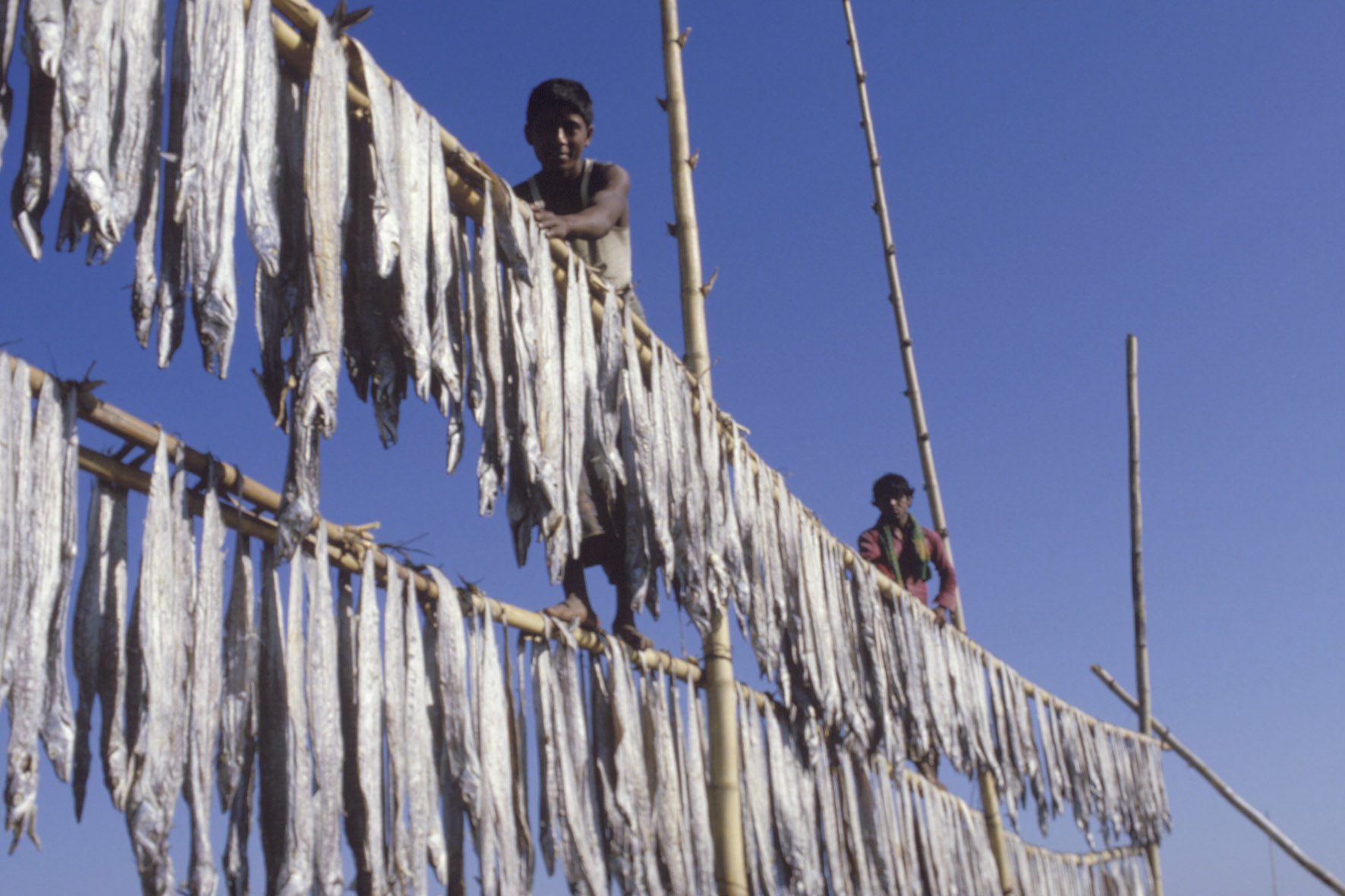
IN THE PHOTO: Fish strung on bamboo poles to dry in the sun. They become as hard as wood and can then be stacked in piles. PHOTO CREDIT: FAO
We require the Code of Conduct for Responsible Fisheries to be the world’s best practice. The world doesn’t stand still, facing challenges with climate change, technology change and fishing gear changes. So we require the Code and the FAO to continue to do the job it has been doing for the last 20 years. And that is developing new additional guidelines and world’s best practice for sustainable fisheries. Then we can solve the world’s sustainable fisheries problems together.
– David Agnew, Science & Standards Director, Marine Stewardship Council, FAO Video on the occasion of the celebration of the 20th Anniversary of the FAO CCRF, published 6 Oct 2015.
Going one step further, FAO and the Global Sustainable Seafood Initiative recently launched the global benchmarking tool intended to provide clearer sustainability criteria and more transparency in certification schemes along the seafood value chain.
The future of certification and the future of GSSI is about continuous improvement.
– Dr. Jason Clay, Senior Vice President, Markets of WWF US, and member of the GSSI Steering Board, GSSI speakers series – Youtube; Published on 23 Sep 2015
In contrast to the capture fisheries eco-labelling guidelines that focus exclusively on resource management and conservation, social criteria, in particular labour rights, feature as a key component in the new aquaculture guidelines. The tool is also likely to have a favourable impact on seafood business and international trade of fish commodities.
Related articles: “#SDG STORIES—LAUNCH OF OUR SUSTAINABLE DEVELOPMENT GOALS SERIES“
“SDG 12: PLACING CONSUMERS AND PRODUCERS AT THE HEART OF SUSTAINABLE DEVELOPMENT”
Moving forward
The SDGs, SDG14 in particular, spell out the need for cooperation and coordination among all stakeholders for more sustainable fisheries management and better conservation. The emphasis must now be on capacity development efforts, especially those strengthening the policy environment, institutional arrangements as well as collaborative processes that empower fishing communities, civil society organizations, seafood value chain actors and public entities.
It is time to widen the ambition to all ocean resources. Much like fish, these other resources are also becoming goods. We need effective agreements and arrangements that preserve this common good: Our natural capital. Therefore we need responsible ocean governance.
-Karmenu Vella, EU Commissioner, Environment, Maritime Affairs and Fisheries, FAO Video on the occasion of the celebration of the 20th Anniversary of the FAO CCRF, published 6 Oct 2015.
The world’s vast oceans and seas possess a wealth of nutritional goodness and opportunity, but they must be properly looked after. Helped by the inclusion of a standalone goal (SDG14) on oceans, seas and marine resources among new global development objectives, the recent trend in unsustainable uses of marine resources is being reversed. Promoting sustainable fishing and fish farming practices will not only contribute to their conservation but ensure the world’s oceans and seas are able to deliver nutritious food for generations to come.
——-
This article is part of our series in collaboration with the Sustainable Development Solutions Network Youth Division on the Sustainable Development Goals (SDGs) – #SDGStories. Follow the stories with #SDGStories and look for the next installment to our weekly series to learn more about achieving the SDGs across the globe. We can achieve them, and we must.
